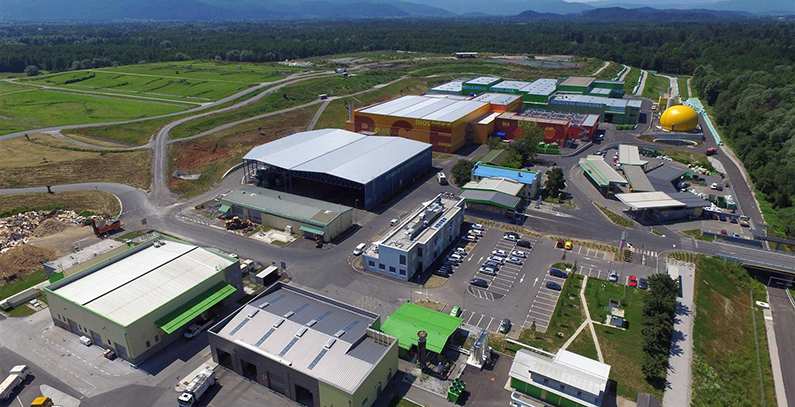
Photo: RCERO
In May, Malaysia joined China in banning waste imports, a move that will put more pressure to waste glut in Europe. Finding sustainable solutions for waste in EU countries is more and more in the focus. Slovenia has tackled this problem by building the Regional Centre for Waste Treatment and Recovery (RCERO) in its capital city of Ljubljana. It is a long-term solution for managing the waste of a third of Slovenia’s population.
BACKGROUND
Quantities of waste are growing in Slovenia, and on average slightly more than 7 million tonnes of waste are generated each year, of which more than 900,000 tonnes are a municipal waste – about 450 kg per inhabitant, according to data from Slovenian Environment Agency (ARSO).
Slovenia used to have no waste-to-energy (WTE) facility, and its waste management strategy used to rely on exports. Following further considerations, the state decided to build a waste treatment plant including an energy production facility.
SOLUTION
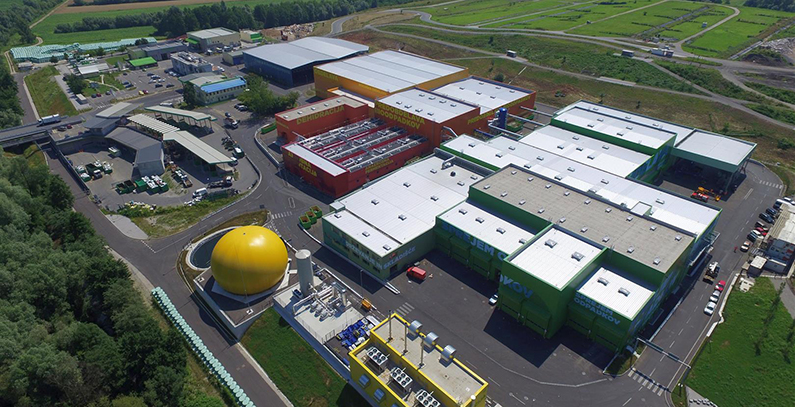
According to the RCERO’s website, the plant is the best and the most modern facility of its kind in Slovenia. Also, it is one of the larger ones and the most modern one in Europe. It can process over 170,000 tonnes of waste annually – over 150,000 of mixed municipal waste and over 20,000 tonnes of separately collected biowaste, while serving 700,000 citizens of 43 municipalities (1/3 of Slovenia). The RCERO is the biggest environmental project in Slovenia supported by the EU Cohesion Fund.
The investment into the RCERO Ljubljana project totals EUR 155 million. In the 2007–2013 programme period, the EU’s Cohesion Fund contributed EUR 77.5 million through its Environment and Infrastructure Operational Programme, while the remainder was financed from the central government and local budgets, as well as from the environmental waste disposal charge.
The RCERO comprises an expanded landfill, leachate treatment plant, and waste recovery facilities. The new landfill has been used since 2009, the treatment plant has been in operation since 2011, while the construction of the mechanical-biological waste treatment facility, which was the most demanding part of the project, was completed at the end of 2015.
The main part of the RCERO consists of three facilities for mechanical-biological waste treatment, where two types of waste are processed: separately collected biowaste and residual mixed municipal waste. Bulky waste is also accepted and assorted.
Mechanical treatment of waste produces recyclable materials and materials used to produce solid fuel. Unrecyclable materials are processed into fuel, which has a similar calorific value to brown coal. The fuel actually consists of parts of unprocessed waste.
Biological treatment of biowaste relies on the processes that occur spontaneously in nature, but are accelerated in the plant and take place without the presence of oxygen. Compost is produced from biowaste through the process of anaerobic fermentation. Large quantities of gas produced during fermentation are captured and used to produce electricity and heat.
The biogas generates sufficient electrical and heat energy needed for the operation of the RCERO.
IMPACT
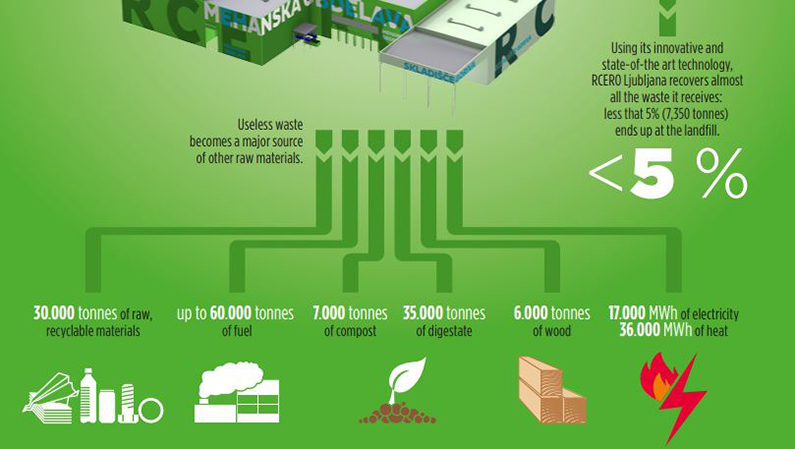
Ljubljana is the EU capital with the highest percentage of separately collected waste (ahead of Tallinn and Helsinki), and in 2016, the city won the European Green Capital title.
Using its innovative and state-of-the-art technology, the RCERO recovers all the waste it receives: less than 5% (7,350 tonnes) ends up in the landfill. At the RCERO, useless waste becomes a major source of other raw materials:
- 30,000 tonnes of raw, recyclable materials
- up to 60,000 tonnes of fuel
- 7,000 tonnes of compost
- 35,000 tonnes of digestate
- 6,000 tonnes of wood
- 17,000 MWh of electricity
- 36,000 MWh of heat.
The facilities of the RCERO reduce waste and promote recycling and reuse. A part of the equipment in the administrative building is made of waste items and reused materials which have been turned into upcycled furniture.














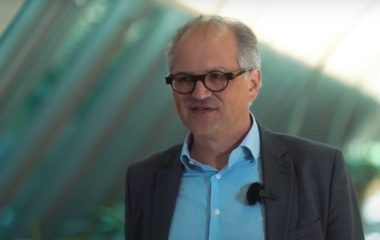
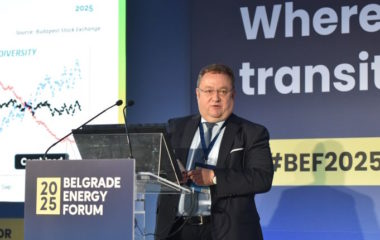
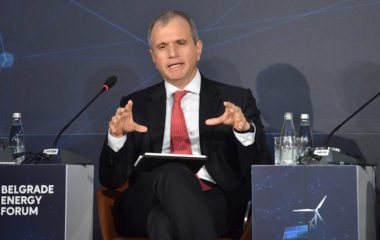

Be the first one to comment on this article.